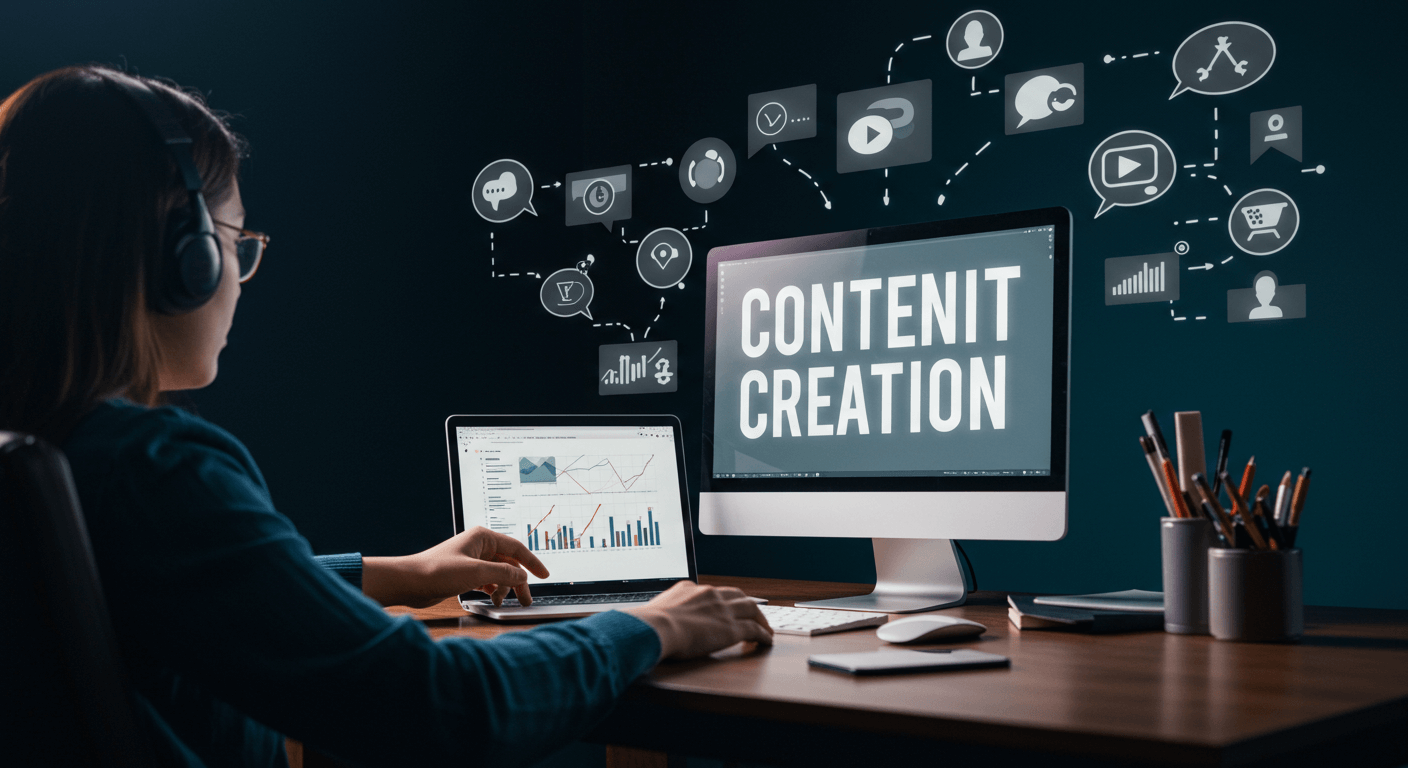The world of content creation has evolved rapidly in recent years. Thanks to the internet and technological advancements, the ability to create and share content has shifted from the hands of a few elites to virtually anyone with access to a computer or smartphone. This phenomenon is often referred to as the “democratization of content creation,” and it has had a profound impact on how information, entertainment, and art are produced and consumed across the globe.
In this article, we will explore how this democratization has reshaped industries, given rise to new content creators, and opened doors for diverse voices to be heard.
The Rise of Accessible Technology
Historically, content creation was a privilege reserved for a select group—publishers, film studios, news outlets, and broadcasters. The high cost of cameras, editing software, and publishing platforms limited content production to a small pool of professionals. However, with the rise of affordable technology, such as smartphones, laptops, and easy-to-use editing tools, almost anyone can now become a content creator.
Platforms like YouTube, TikTok, and Instagram have revolutionized how people create and share content. Today, anyone with a smartphone can shoot, edit, and upload videos that reach millions of people. Content creation tools are more accessible than ever, providing opportunities for individuals from all walks of life to express themselves and showcase their skills.
Social Media Platforms as Catalysts
The advent of social media platforms has played a crucial role in democratizing content creation. Platforms such as YouTube, Instagram, TikTok, and Twitter allow users to share their creative works, opinions, and insights with a global audience. These platforms have created an environment where even those without professional training or resources can thrive.
In the past, content creators had to rely on traditional media channels to get their work noticed. This often meant submitting their work to publishing houses, television networks, or production companies. Now, however, anyone can upload a video or post an image with just a few clicks. These platforms have allowed people to bypass the gatekeepers of traditional media and reach their audience directly.
Moreover, the algorithms on these platforms prioritize content based on engagement, making it easier for creators to gain visibility, even if they do not have an established following. This opens up opportunities for content creators from diverse backgrounds to showcase their work and build a community around their unique perspectives.
The Role of Crowdsourcing and User-Generated Content
The democratization of content creation has also led to an increase in user-generated content (UGC). Companies now encourage their customers to create and share content, often in exchange for recognition, rewards, or even financial incentives. Crowdsourcing platforms such as Kickstarter and Indiegogo enable creators to fund their projects through the support of a global community.
These platforms empower creators by giving them the resources to bring their ideas to life without relying on traditional funding sources. Crowdsourcing has helped independent filmmakers, musicians, game developers, and artists produce content that may have otherwise gone unnoticed or underfunded.
The Impact on Traditional Industries
The democratization of content creation has not only opened doors for independent creators but has also disrupted traditional industries. For instance, the rise of user-generated content and social media has forced traditional media outlets to adapt their approach. News organizations, once the primary source of information, now compete with citizen journalists who share real-time updates via Twitter or live streams.
In the entertainment industry, platforms like Netflix and YouTube have provided a platform for independent filmmakers and musicians, reducing the need for traditional gatekeepers. This has resulted in more diverse content, with independent creators now having the opportunity to produce films, documentaries, and music that may not have fit into mainstream media outlets.
Diversity and Inclusivity in Content Creation
One of the most significant benefits of the democratization of content creation is the increase in diversity and inclusivity. In the past, content creation was often dominated by a narrow set of voices, and certain groups, such as women, people of color, and marginalized communities, had limited representation. The democratization of content creation has allowed these groups to take control of their narratives and share their experiences with the world.
Social media platforms have given underrepresented communities a platform to connect, share, and amplify their voices. As a result, content creation has become more inclusive, with diverse creators showcasing a wide range of experiences, stories, and perspectives. This has helped challenge traditional stereotypes and broaden the scope of what is considered mainstream content.
The Challenges of Democratization
While the democratization of content creation has brought about many positive changes, it has not been without its challenges. One of the primary concerns is the oversaturation of content. With millions of videos, articles, and social media posts being uploaded every day, it can be difficult for creators to stand out. This has led to an increased focus on algorithms and analytics, where creators must optimize their content to gain visibility.
Another challenge is the issue of content quality. While there are countless talented creators producing high-quality content, there is also a significant amount of low-quality content that floods platforms. This has raised questions about how to differentiate between credible and non-credible sources, especially in areas like news and information.
Lastly, the democratization of content creation has led to a shift in the business model for many creators. Many influencers, for example, rely on brand partnerships, sponsored content, and advertising to monetize their work. However, this has created an environment where creators are under pressure to cater to the demands of brands or advertisers, potentially compromising their creative integrity.



